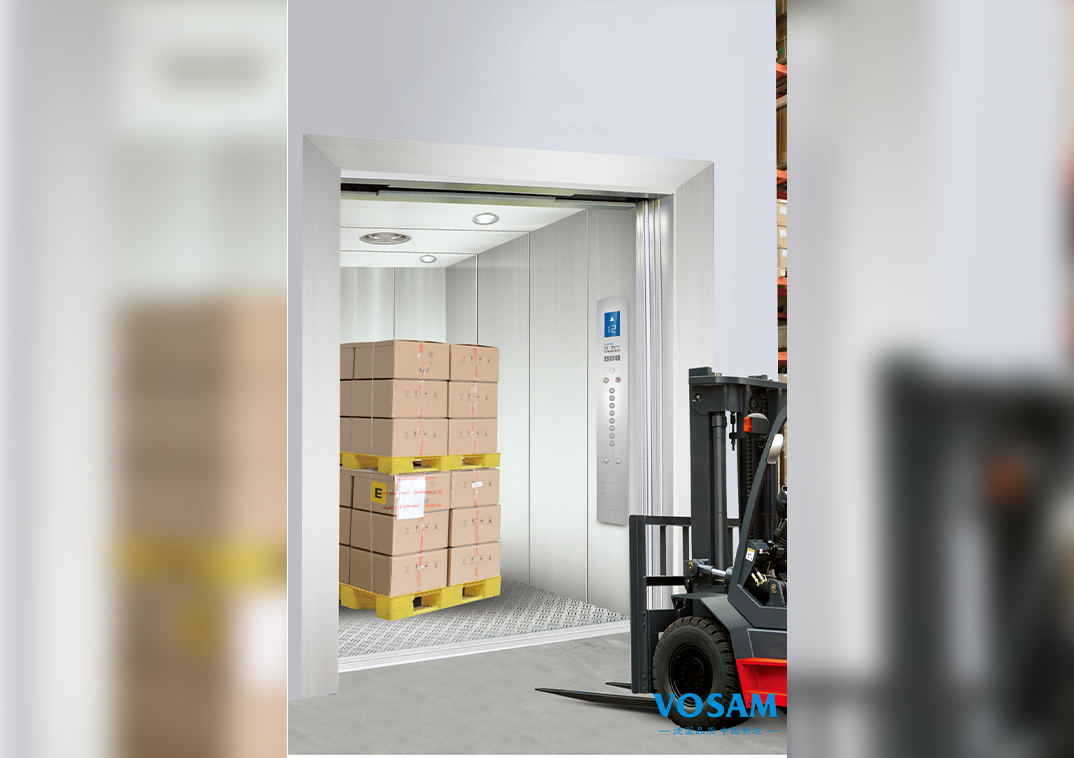Overload protection is a critical safety feature in freight elevators to ensure that the elevator operates within its designed capacity and to prevent potential accidents or damage. Here’s a detailed look at the specific safety features related to overload protection that freight elevators should have:
These sensors measure the weight of the load in the elevator car. If the load exceeds the rated capacity, the system will either prevent the elevator from moving or trigger an alert.Embedded in the elevator’s structural components to detect excessive loads and provide real-time weight measurement.
Lights or displays that alert operators when the load exceeds the maximum safe limit. These indicators are often located in the elevator car and on the control panels.Sounds or alarms that activate to notify operators when an overload condition is detected.
The elevator control system automatically prevents operation if an overload is detected. This system stops the elevator from moving until the load is reduced to a safe level.Some systems include manual override options for emergencies, but these should be used with caution and under controlled conditions.
Systems that continuously monitor the load and provide feedback on weight distribution and safety status.Recording of overload events to help in maintenance and safety audits, ensuring that any issues are addressed promptly.
The elevator automatically shuts down if an overload is detected and cannot be corrected immediately, to prevent potential damage or hazards.Allows operators to manually halt the elevator if they notice an overload situation or if the automatic system fails.
Prevent the elevator from operating if the overload condition is detected until the issue is resolved and the system is reset.Automated reminders for regular maintenance checks to ensure that overload protection systems are functioning correctly.
Alerts or indicators that guide operators to adjust the load if it is unevenly distributed or approaching the maximum capacity.Ensure that the overload protection features meet industry standards and regulations, such as those set by the American Society of Mechanical Engineers (ASME) or local safety codes.
Educate operators on how to recognize and respond to overload situations, including understanding the indicators and alarms.Clear procedures for handling and reporting overload conditions.
Scheduled checks of the overload protection systems to ensure they are in good working order.Documentation of all maintenance and inspections related to overload protection to track system performance and compliance.
Effective overload protection in freight elevators involves a combination of sensors, indicators, control systems, and compliance measures to ensure safe operation. By implementing these features, freight elevators can minimize the risk of accidents, protect both the elevator and its contents, and ensure compliance with safety regulations. Regular maintenance and operator training are also crucial to maintaining the effectiveness of these safety features.












